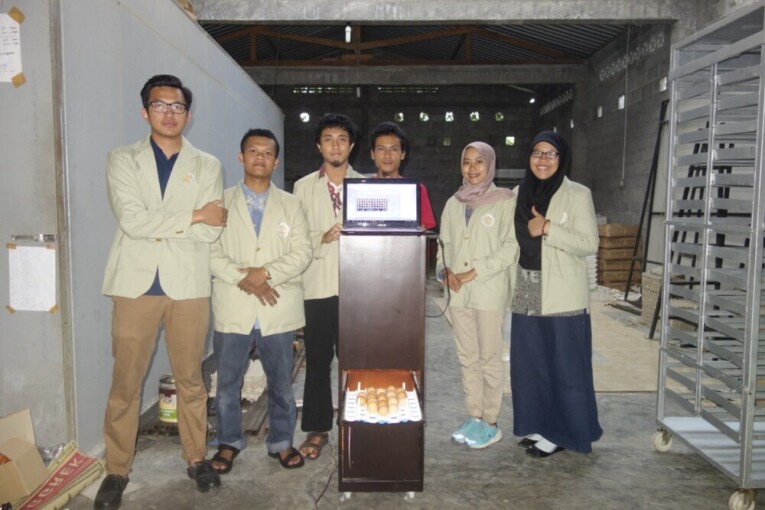
The people of indigenous Cikondang village in Pangalengan, West Java has long been applying local wisdom in maintaining and preserving the environment around them. In accordance with the way of thinking and traditions that took place in their time, they have been able to create ways to preserve the environmental balance. Many traditions in rural communities are directly or indirectly provide positive implications for environmental sustainability.
“Cikondang indigenous village is one of few villages that still preserve its natural environment because its people is still using the values of local wisdom in life,” said Lora Nidia, students of the Faculty of Philosophy UGM, Saturday (18/6).
Lora said that Cikondang village consisted of many kinds of environment such as sacred forests, Cikondang springs, and Mount Tilu. The biological environments include Cikondang traditional village community, rice crops as well as the social environment such as wuku ceremonies at the custom house.
Cikondang villagers have reciprocal relationships with their surroundings. This relationship is manifested in the form of interaction. The interactions that take place continuously provide experience and knowledge for villagers on what they can expect from their environment. It is related to the natural result, result of the actions, what they can do (mandate) and what not to do (taboos) as well as the community’s spiritual beliefs on how to treat the environment and unseen things.
Together with four colleagues, Lora conducted a research on the lives of indigenous peoples through the Student Creativity Program of Universitas Gadjah Mada. The finding showed the will, mandate, effects and taboos applied in the Cikondang indigenous communities are believed to be obeyed and honored to be in balance with the surrounding environment.
That value (Papagon hirup) in addition to influence the attitudes and behavior in managing the environment is also an effort to align themselves with the natural environment.
“The people of the village looked at the environment not as mere objects to be used for human needs, but also to be maintained and laid out for the preservation of the environment itself,” she concluded.


